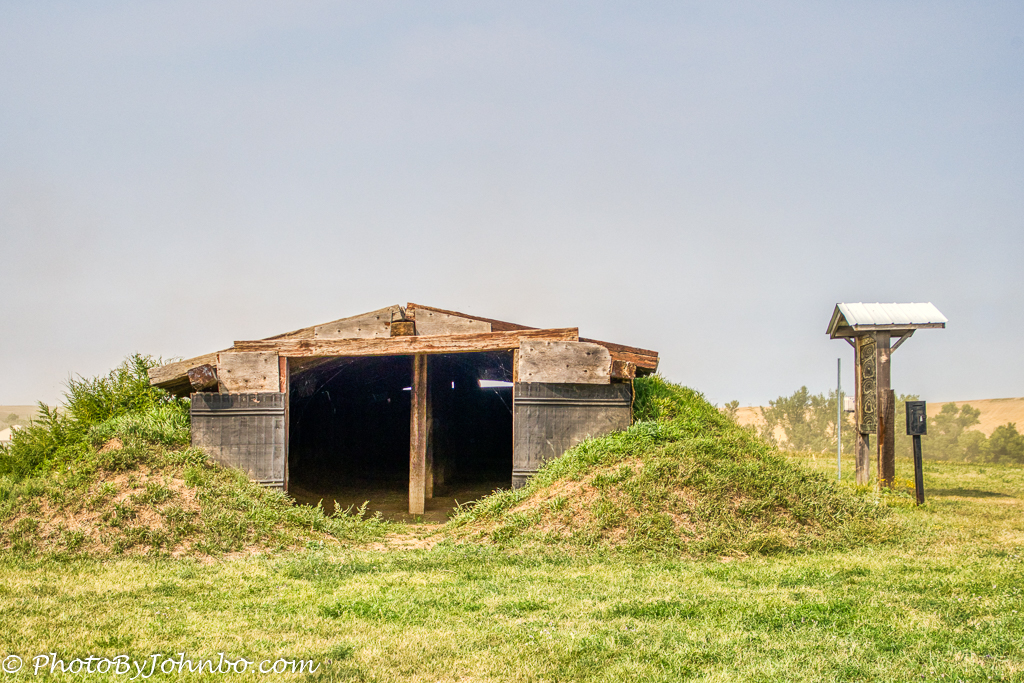
Hebron, North Dakota.
It was 1890, and local residents of the farming communities around Hebron got the news by telegraph that hostile Sioux Indians had escaped from the reservation and were heading to Canada burning and looting the towns along the way.
The settlers in western North Dakota panicked women and children nearest the reservation traveled by train to Bismarck and the relative safety of the fort south of Mandan and the wide Missouri River that divided Bismarck and Mandan.
As rumors go, so they grow. First, it was the escaped Sioux, that became a general uprising of the Mandan, Hidatsa, and Arikara. The number of Native American hostiles “grew” to over 7,000 and the remaining men at Hebron decided to build a fort.
Settlers with few guns and little ammunition started construction on top of Cemetery Hill. With few building materials, the dry, hard ground required backbreaking work for the settlers as they dug a trench to make a sod walled fort.
Railroad ties on center posts stretched to the three-foot thick sod walls. Holes were cut in the sod to allow rifles firing in defense of the fort. Outside, small posts connected with wires surrounded the fort to act as trip wires for the horses of the attacking Indians.
During the day, the settlers ventured out, but at night, they returned to the safety of the fort they had just built or gathered in the church and school. Heart Butte was used as an observation post. A large pile of straw in readiness in case the scouts stations at the butte recognized an attack was imminent, a match thrown on the straw would be the sign to those in the fort to be ready for the onslaught.
The “Indian uprising” never happened and eventually the fort was abandoned. In 2004, the fort was reconstructed and stands at the top of Cemetery Hill for people traveling the Old Red Old 10 Scenic Byway to walk back into the history of Fort Sauerkraut.
For a more detailed description of the fort’s construction and short history of protecting the settlers around Hebron, you can find an interesting article here.
As always, I invite you to click on either image above to connect to my Flickr site and get a better view of the images captured to illustrate this story.
John Steiner


It’s a good reminder that pioneer life wasn’t easy.
A fascinating story. It’s always good to have a solid story associated with a place and yours is really good.
Thank you. Our pioneer settlers had a lot to contend with, for sure.
An interesting little bit of history – and what an odd name for a fort!
Indeed. I’m not sure if that name was original or a creation of those who came later, poking fun at the heritage of the local settlers.
Yes, maybe that’s the explanation 🙂
Thank you, John for introducing this part of the history!
I enjoy sharing unique tidbits of historical facts that I learn on our travels.
Very interesting, John, and I’m glad it never saw any action!